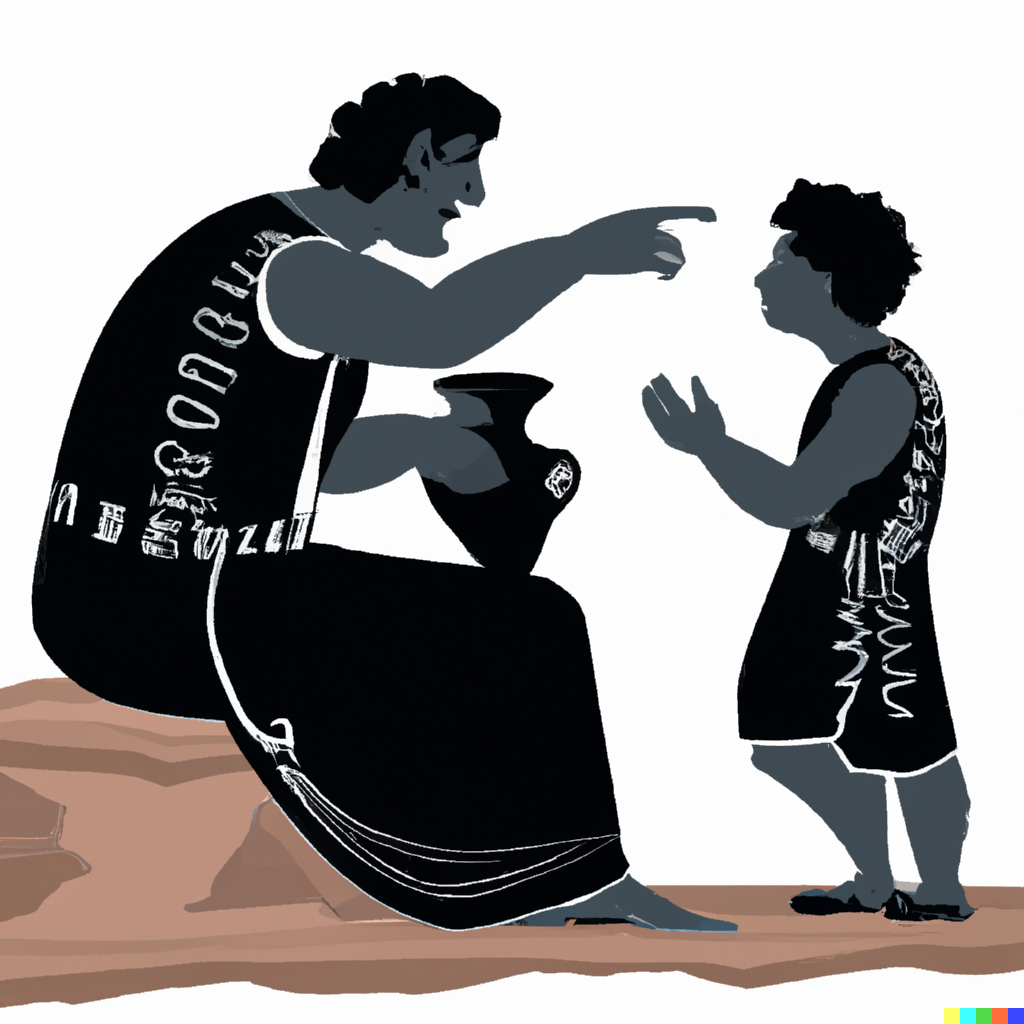
Shutting down Dibbist: mistakes and lessons
Recently I posted about the results of my cold call experiment for Dibbist. Last week I closed down the online appointment service. I made that decision because I had made a lot of mistakes and wanted to do it right with CS Workflow. So what were these mistakes?
Mistakes
Not understanding assumptions
Dibbist was designed to bring the technologies and best practices of web and mobile development to small businesses. It allowed service businesses to take appointments and promote their services online. These are things that small businesses should be doing and care about. However, I didn’t look at the assumptions I’d made. Did businesses care? Were businesses looking for ways to improve their operations and marketing? The reality was that both assumptions were false. The businesses in my segment were focused on serving their clients and not on technology or marketing.
The funny thing is that I didn’t even consider I was making assumptions. From my perspective, I was building a service that was needed, whether prospects knew it or not. Success was just a matter of effective marketing. This led to a poor product-market fit. It even meant I didn’t have a clear market. This was the biggest mistake by far and could really be the summary of Dibbist’s failure.
Unconfirmed marketing channels
I’m a product guy, so I focused on where I felt comfortable. I did have a plan to attract traffic through SEO, blogging and reaching out to industry associations. But before launch I made no effort to build traffic or understand how associations worked. Bad move. Building traffic takes time. Associations are generally administrative outfits and aren’t focused on helping their members. Instead they prefer you to advertise, which is very expensive when compared to online advertising.
Unbalanced co-founder commitment
My co-founder worked full-time and wasn’t able to commit much time to Dibbist. This meant I had all the downsides of having a co-founder (conflicting opinions, reduced equity) and none of the upsides (shared workload, support). My co-founder was a long-time friend, who I felt I couldn’t fire. We had also a simple partnership, which meant 50/50 ownership, with no vesting or other provisions.
Lessons
Some of the lessons are direct responses to my mistakes and some are things I wish I knew a year ago.
Work through assumptions
Assumptions need to be identified and assessed before doing anything. This is a scientific process of stating the hypotheses and methods to test them. Everyone that knows anything understands this. However, very few people do it. Almost everyone I know involved in startups have untested assumptions, or think assumptions will be sorted out at launch. After Dibbist, and a few other projects, I now won’t do anything until all key assumptions are confirmed to be true. Any assumptions proved false mean a rethink and a pivot.
Talk to customers
This is part of working through assumptions, but also has so many benefits beyond that. I’m naturally shy and reserved, with some fear of talking to people I don’t know. In my mind it’s going to be awkward and I’ll come off looking stupid. I didn’t talk to customers at all with Dibbist. I started doing it with CS Workflow and everyone that I’ve reached out to has been really nice and helpful. I’ve asked what some pretty stupid questions, but have only received supportive. This is now my favourite part of building a startup.
Build an audience
I’m completely onboard with building an audience as most effective marketing method. I’m working on this now, and learning as I go. I’m focused on adding value and communicating with my small audience as much as possible.
Be a one man band
Since my experience with Dibbist I’ve been very cautious about co-founding. I’ve quit projects where the co-founder relationship isn’t ideal. Now it’s so unlikely that I will find a suitable co-founder that I’m not even going to try. I also don’t feel like I need one. I have a pretty good support network of experts and advisors. My wife, Vicky, helps to lighten the workload. For me, going solo is the ultimate in bootstrapping.
Have a clear strategy
A clear strategy sets the direction against which all decisions and priorities can be tested. This is how I make sure I don’t waste time. There are so many distractions and so much advice that unless I ruthlessly stick to my vision weeks can fly by without any progress made.
Know your brand
Most people think brand is about logo and colour scheme. Brand is really about the identity of your company. I think this important because it creates a personality and set of values that I can get behind and promote. Without a defined brand there’s a tendency to fill the void with the founders own values, which may or may not align well with the expectation of the market.
Design is about user flows
I had the privilege of working with some great UX specialists. This biggest thing I picked up is to focus on user flow through the use cases. Doing this, instead of starting with wireframes, creates a more comprehensive solution that makes sense from start to finish.
These are the main lessons from my year with Dibbist that have been seared on my brain. I plan to write a series of posts to cover these topics and more in more detail. I’ll focus on the one man band theme. The aim is to help others and get feedback from more experienced people to build up my own knowledge.